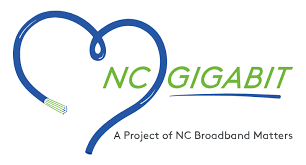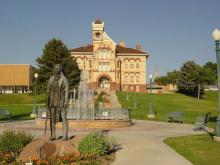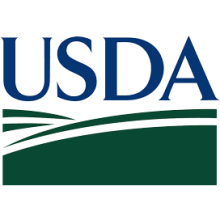North Carolina's Unique Broadband History and Lessons for Moving Forward - Community Broadband Bits Podcast, North Carolina Bonus Episode Four

We're starting off the new year with episode four of the new podcast project we're working on with nonprofit NC Broadband Matters. The organization focuses on finding ways to bringing ubiquitous broadband coverage to local communities to residents and businesses in North Carolina. The podcast series, titled "Why NC Broadband Matters," explores broadband and related issues in North Carolina.
As we look forward to a new year, we're also looking back with this week's guest, Jane Smith Patterson, a Partner with Broadband Catalysts. Jane has a deep love for North Carolina and a deep interest in science and technology. Throughout her life, she has put those two interests together to help North Carolinians advance human and civil rights, education and learning, and to advance the presence of high speed connectivity across the state.
 Jane's decades of experience at the federal, state, and local levels make her the go-to person to provide content for this episode, "North Carolina's unique broadband history and lessons for moving forward." She and Christopher discuss how the state has become a leader in science and technology, including the state's restrictive law limiting local authority. Lastly, Jane makes recommendations for ways to bring high-quality Internet access to the rural areas where people are still struggling to connect. The conversation offers insight into North Carolina's triumphs and challenges in the effort to lift up its citizens.
Jane's decades of experience at the federal, state, and local levels make her the go-to person to provide content for this episode, "North Carolina's unique broadband history and lessons for moving forward." She and Christopher discuss how the state has become a leader in science and technology, including the state's restrictive law limiting local authority. Lastly, Jane makes recommendations for ways to bring high-quality Internet access to the rural areas where people are still struggling to connect. The conversation offers insight into North Carolina's triumphs and challenges in the effort to lift up its citizens.
We want your feedback and suggestions for the show-please e-mail us or leave a comment below.
This show is 63 minutes long and can be played on this page or via Apple Podcasts or the tool of your choice using this feed, at the Community Broadband Bits page, or at the NC Broadband Matters page. We encourage you to check out other "Why NC Broadband Matters" content at the podcast feed so you don't miss future bonus content that may not appear in the Community Broadband Bits Podcast feed.
Transcript below.
We want your feedback and suggestions for the show-please e-mail us or leave a comment below.
Listen to other episodes here or view all episodes in our index. See other podcasts from the Institute for Local Self-Reliance here.
Thanks to Shane Ivers for the Music: What's The Angle? by Shane Ivers - https://www.silvermansound.com a Creative Commons Attribution (4.0) license.
Image of Downtown Wilmington, North Carolina, as seen from across the Cape Fear River by Jason W. Smith [CC BY-SA 3.0]



 As the American Heart Association reports
As the American Heart Association reports


